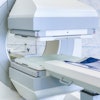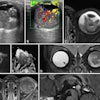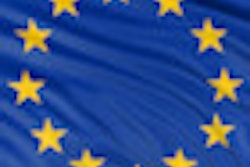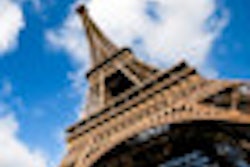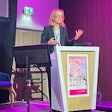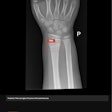
Many patients are unclear about the roles and responsibilities of radiologists, a new Irish study has discovered. This can cause confusion, leading to lack of compliance with medical advice, and can also have an impact on public health messages distributed by medical boards and policymakers, the researchers suggest.
Increased demand for image-guided procedures is giving radiologists more contact with patients, but despite this increased contact, patients remain fuzzy about the radiologist's role, wrote lead author Dr. Niamh O'Mahony of St. James's Hospital in Dublin (British Journal of Radiology, 29 August 2012, online first). She cited a 2008 survey by the American College of Radiology (ACR) that showed 50% of Americans did not know if a radiologist interpreted scans or performed them.
"This is concerning for our profession," O'Mahony and colleagues wrote.
The team used a questionnaire they designed with the help of a psychologist who had an interest in oncology. The questionnaires were distributed to 306 symptomatic patients attending the breast clinic at St. James's Hospital between March and July, 2011. Patients were asked:
- What qualification the radiologist holds
- What the job of the radiologist is
- To rank members of the breast care team in order of importance
- Whether the radiologist plays a role in the woman's care
- To rate their level of anxiety and give the reason for it
Patients requiring mammography and/or ultrasound were asked to complete the same questionnaire again after imaging procedures were performed. O'Mahony's group then assessed changes in patients' responses, including ranking of members of the breast care team in order of perceived importance and levels of anxiety pre- and postconsultation with the radiologist.
Both male and female radiologists participated in the study and were introduced to patients as "Doctor." All patients received orientation literature by mail before they arrived at the clinic -- the pamphlet explained the protocol for attendance at the breast clinic, including the need for some women to undergo imaging after a clinical breast examination, as well as a detailed description of mammography and breast ultrasound, according to the authors.
Overall, the Dublin team found that:
- Seventy-six percent of patients thought that radiologists were radiographers; only 14% knew that radiologists were medical doctors.
- Nearly 40% of patients did not consider that radiologists had a role to play in their care.
- There was no statistically significant difference in the ranking of team members pre- and postconsultation.
- There was a significant improvement in patient anxiety levels after consultation with the breast radiologist, which is likely due to the patient learning the outcome of tests performed.
In response to the question as to what the job of the radiologist is, patients most commonly named tasks that are traditionally performed by radiographers, such as taking the image and reporting back to the doctor.
"When patients were asked what they felt the job of the radiologist was, there appeared to be confusion, with responses showing a mixture of roles performed by radiologists, radiographers, and even radiotherapists," O'Mahony and colleagues wrote. "Only 20% of 306 patients knew that radiologists interpreted scans."
The team also performed a subanalysis to examine whether patients with paramedical training (such as nursing, speech therapy, physiotherapy) would have better understanding of the radiologist's qualifications. They found that this factor did not guarantee correct identification of the radiologist's role: For example, 65% of respondents who were nurses thought radiologists held a radiography degree, and only 35% knew that radiologists were doctors.
"The fact that radiologists are less visible in the clinical environment may account for [the fact that paramedical training did not correlate with understanding of the radiologist's qualifications]," the team wrote. "In this era of teleradiology and PACS, radiologists are undoubtedly losing opportunities for contact with our colleagues in all ancillary disciplines."
Although the original "radiologists" back in the early 1900s had no formal qualifications, today radiologists are highly qualified, experienced medical practitioners who play an important role in the diagnosis and management of patients, she explained. However, radiologists must try to remove the confusion among patients and become more visible.
"In these times of economic uncertainty, cutbacks, and inevitable healthcare reform, it is vital that we increase awareness of our specialty," she stated.


